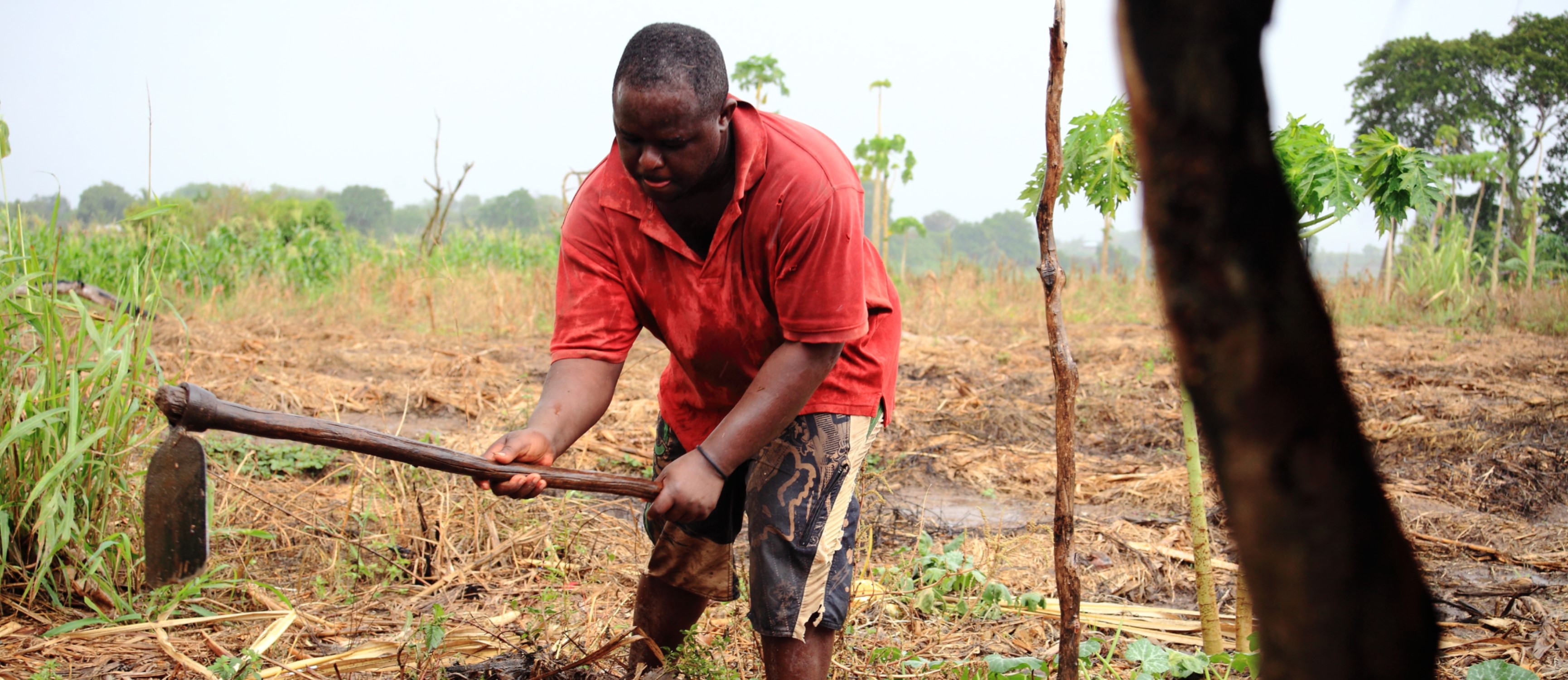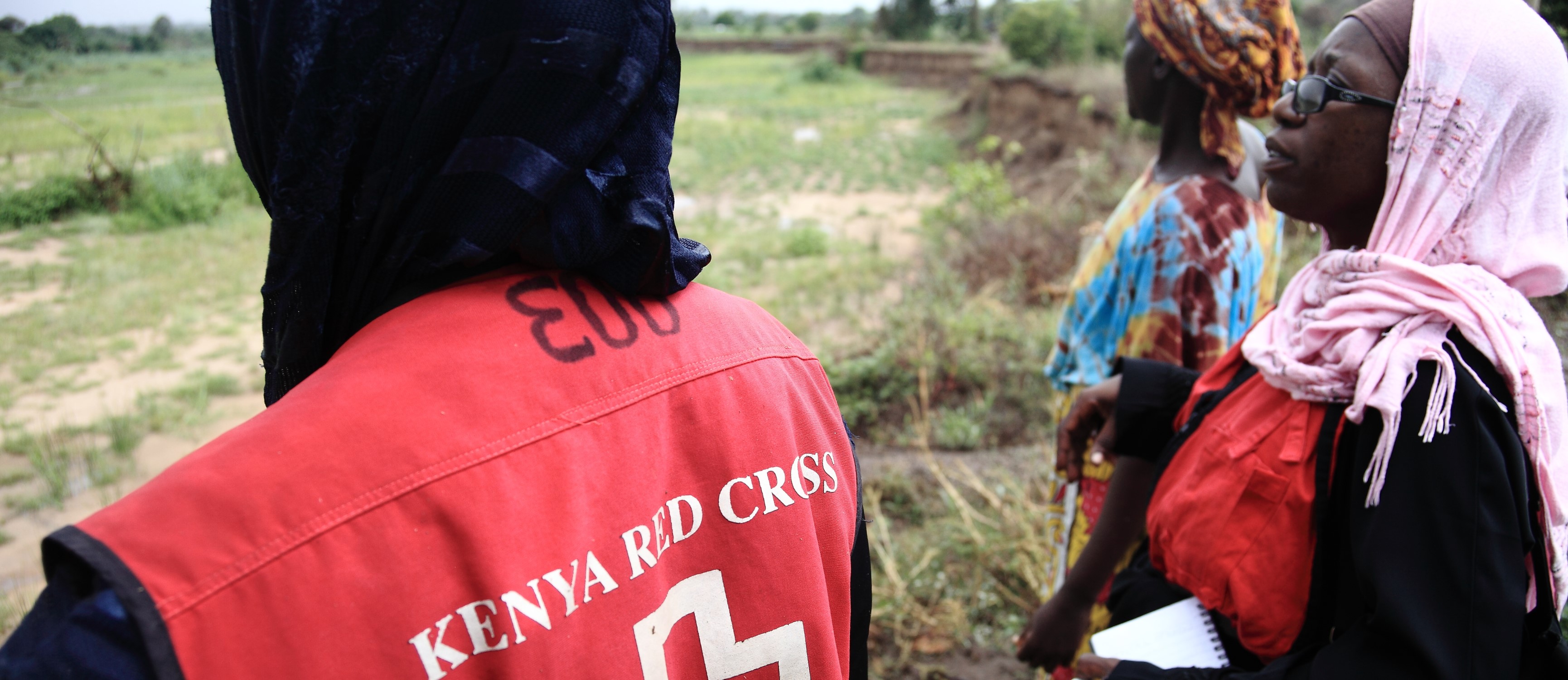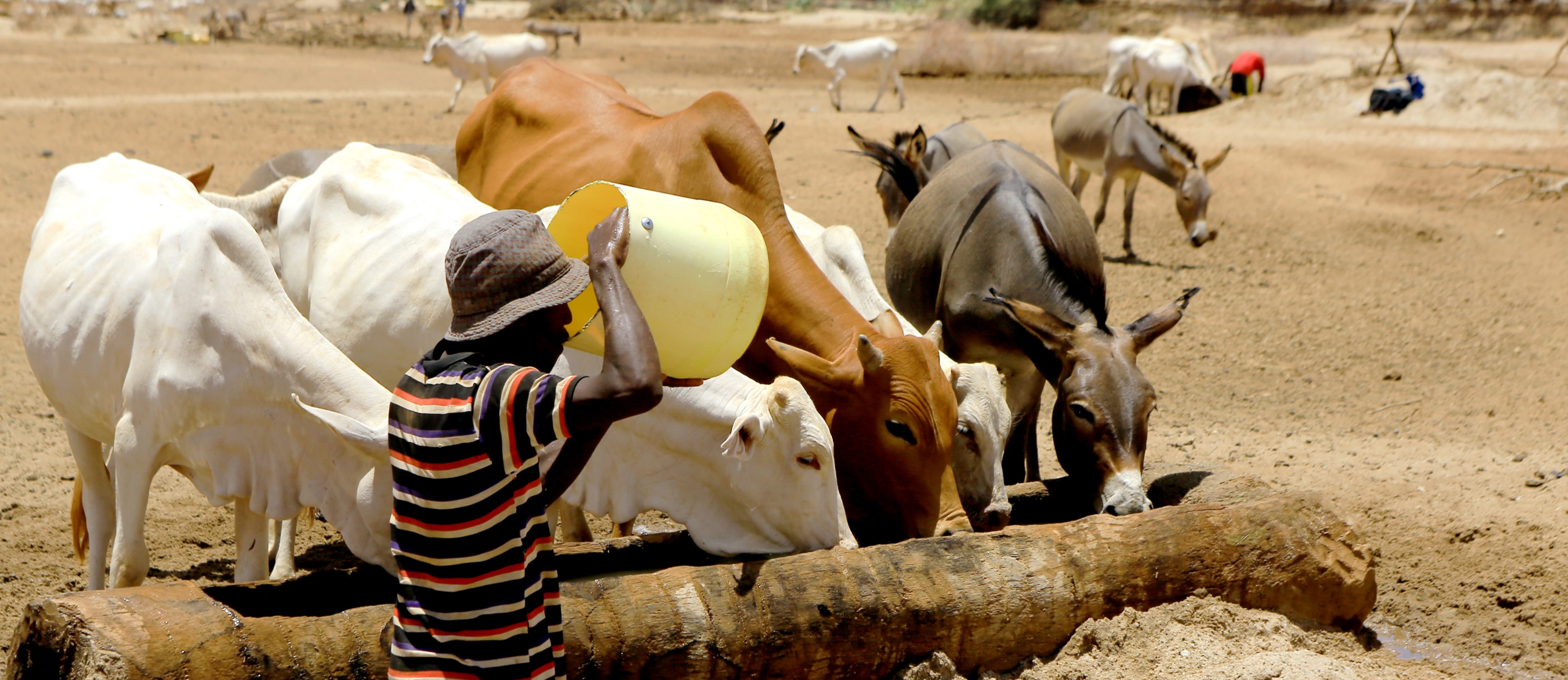 Severe drought due to El Nino and La Nina
Severe drought due to El Nino and La Nina Conflicts and violence
Conflicts and violence Health
Health WASH
WASH Food Security and Livelihoods
Food Security and Livelihoods
Our regional situation reports provide an overview of the operational contexts, updates on progress and achievements, as well as planning and key events.

An overview of the presence by sector and location within the food crisis operations (as of March 2018).

Causes to food insecurity are multiple, overlap and lead to the development of complex and multi-sectoral crises. Read our secondary data analysis:
Since the end of 2016, the African continent is facing an unprecedented rise in food insecurity. Millions of people are in urgent need of humanitarian assistance, particularly where consecutively poor rainfall, rising food prices and insecurity continues to worsen the situation. Many countries are facing emergency levels of food insecurity, which has had devastating impacts to millions who’s livelihoods depend on their crops and livestock. Famine could be imminent in South Sudan, Somalia and Nigeria where conditions are quickly deteriorating in early 2018.
Ethiopia faces a serious food crisis after consecutive rain failures in 2015, combined with erratic El Niño weather conditions. Lack of rain has impacted access to water and adequate grazing land, resulting in death of livestock; abnormal migration; severe food and milk shortages and rising malnutrition, especially among children under five and pregnant and lactating mothers. Drought has further exacerbated vulnerabilities to disease outbreaks, including acute watery diarrhoea/ cholera.
Drought has swept across Kenya’s coastal and semiarid regions in the north and north-east following two consecutive failed seasonal rains in 2016 and 2017. Farmers struggle to plant enough crops and feed their livestock and food prices have swelled, which puts further constraints on vulnerable families’ access to food. Malnutrition rates in some areas have reached crisis levels, especially among children under five and expectant mothers, putting them at further risk of disease.
Northeast Nigeria faces one of the most severe humanitarian crises in the world today. The armed conflict has left an estimated 8.5 million people in need of humanitarian assistance in the worst-affected states: Borno, Adamawa and Yobe. Populations are suffering the cumulative impact of years of conflict and violence and now food and water shortages, following two consecutive seasons of poor rain fall.
Food insecurity has reached crisis and emergency levels across Somalia. Years of consecutively poor rainfall has left 6.2 million people in need of emergency food and livelihood support – this is well over half of the population. The situation is expected to deteriorate further as we enter the dry season. Levels of acute food insecurity and malnutrition will remain high in Somalia through to the end of the year, including 388,000 children under five who are acutely malnourished.
Since the onset of the conflict in 2013 and subsequent devolution into a complex emergency in the years since, an unprecedented number of people are in need of food; health care; water and sanitation; and protection. War has not only resulted in large-scale loss of lives but also 1.9 million internally displaced people. This has put a major strain on communities hosting displaced families and caused an extreme disruption to livelihoods. Six million people are severely food insecure - more than half of the country’s population.
We have supported various contexts in order to integrate information management approaches and activities more systematically into the emergency operation. Access here mission reports, TORs, training sessions etc (IFRC only).
An overview of (examples of﴿ data collection tools, guidance and templates for food security data collection and analysis to facilitate the collection of experiences, examples and good practices (IFRC only).
Examples of food security data collection and analysis products of various organizations.
| Appeal | Start Date | End Date | Targeted | Budget | Funding | Coverage | Appeal Code |